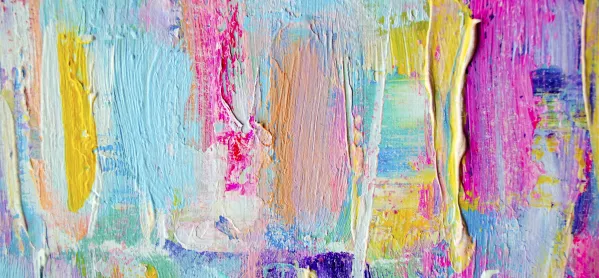- Home
- Why all pupils need access to arts education right now
Why all pupils need access to arts education right now

“All schools should be art schools,” proclaims a series of 28 wooden placards, created by artist Patrick Brill, better known as Bob and Roberta Smith.
His piece was exhibited at the Tate Modern in 2016, but its message is just as relevant today, in this time of remote learning, as it was then.
With more pupils beginning to return to school, and as teachers continue to juggle home learning with classroom teaching, there will undoubtedly be the need to make difficult choices about what to provide.
Core subjects such as maths and English, of course, need to be prioritised to tackle the widening attainment gap. However, I want to make the case that we also need to focus on the arts at this time. Doing so has the potential to increase engagement and to help children to cope with the challenges of returning to school and preparing to move to the next stage in their education.
Why arts education matters
Research highlights the therapeutic effects of engaging in the arts, and how creative activities can help us to make meaning out of difficult situations. These are benefits that young people need now, perhaps more than ever.
So, how can teachers promote engagement with the arts and culture, both for those in lockdown and as pupils return to school?
Make the most of online materials, but don’t forget those without access
With museums and galleries closed across the country, arts and cultural organisations have been making heroic efforts to make their resources accessible online.
For example, London-based Culture Mile has been sending out weekly “culture and creativity at home” packs that signpost resources and ideas for helping pupils of all key stages to be creative. As some families have either little or limited access to the internet or art materials, Culture Mile has also created printed packs to be distributed locally through food banks, mutual aid groups and community centres.
Technology can help enable creative collaborations but it shouldn’t be the only way. Joining in with creative challenges at home, such as the regular ideas shared by the Royal Opera House, can be a great group activity that does not involve the use of technology.
Meanwhile, the writer Stella Duffy has been championing the Tiny Revolutions project, which shares activities for connecting with your community and being creative offline, while respecting social distancing.
For teachers, who most likely do have good internet access, social media is a great place to find arts and cultural materials being shared by arts organisations and following groups such as orchestras, galleries and other organisations in your local area. This will be helpful in finding projects and creativity at home ideas, which you can pass on to pupils who can’t get online as regularly.
Encourage pupils to think differently
We can promote engagement through the huge amount of arts and cultural material to watch and listen to, but there is also a need to foster the creative behaviours the arts enable, such as considering novel and unexpected approaches to problems and collaborating creatively with others.
Young people can be encouraged to consider quirky and unusual ways of responding to their school work, for example. Instead of a written response to a question, could they respond by making something? Could they use literature to prompt an artistic response - such as creating a soundscape to illustrate a moment in a story? Can they use an app, if they are using a device to help them to respond in an unusual way?
Help pupils to be agents of their own creativity
It’s important that young people get to pursue their interests, and this period of lockdown might give them more time than ever to engage in activities they enjoy and have a genuine interest in. Or, it might be an opportunity to uncover new interests. Encouraging young people to consider how their interests connect with their school work, and how they can utilise their creative expertise in how they engage with their studies can help to sustain them as they work remotely.
These are difficult times for everyone, but the arts still have the potential to inspire us, to connect people and to help us heal. If we make it a priority to embrace creativity and promote creative behaviours through all subjects, all schools can still be art schools.
Steven Berryman is director of music at City of London School for Girls, and cultural and creative learning strategic champion in the Education Strategy Unit of the City of London
Keep reading for just £1 per month
You've reached your limit of free articles this month. Subscribe for £1 per month for three months and get:
- Unlimited access to all Tes magazine content
- Exclusive subscriber-only stories
- Award-winning email newsletters


